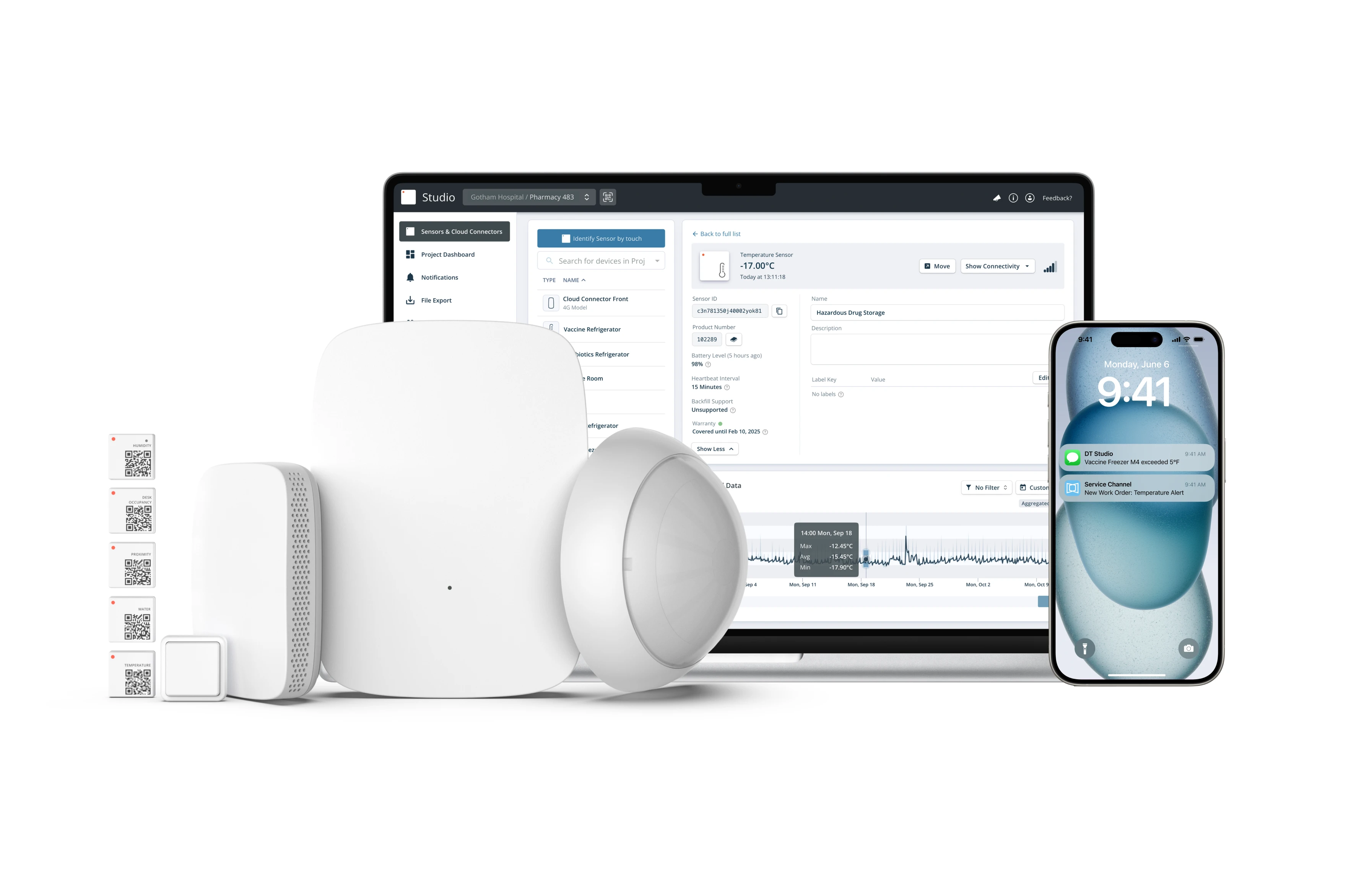How Technology Helps with Team Efficiency in Facilities Management

Facilities Management (FM) contributes, significantly, to an organization’s financial bottom line through maintaining properties, buildings, equipment, and other environments that house personnel, productivity, inventory, and other elements of the operation.
They also ensure that the buildings meet both legal requirements and relevant health and safety standards.
Areas where FM directly affect an organization, especially commercially, include:
- Impacting operational efficiencies
- Supporting productivity
- Risk management
- Mitigating environmental impact
- Promoting sustainable tactics for long-term cost management
- Leveraging technological solutions
- Guaranteeing compliance
- Leveraging security
- A strong and effective FM department is therefore extremely important for any business to ensure tight management and control of assets, costs, and real estate services.
However, having these necessary controls in place requires FM to have access to robust and reliable data, in real-time. From being responsible for office services, heating systems, lighting, and lifts, to security and car parking, being able to access relevant, accurate, and up-to-date information is of paramount importance.
Facilities Management and Data Disorganization
Pertinent data comes from many sources, including different departments, various equipment, and multiple locations and so can be extremely complex to gather. Collection of data is often a task that is further complicated by both company politics and split responsibilities.
The result is a spider web of communication and information flows, leading to limited data visibility, conflict, human error, inefficiencies, and ultimately inappropriate decision making.
In today’s world, especially following the Covid-19 pandemic, the situation is further complicated where changing expectations from employees, changing workplace technology, changing job descriptions, and changing organizations are all having a major impact on how and why a building is used.
Providing FM with the necessary tools and data to allow them to make informed decisions about office occupancy, hot desking, cleaning rotas, and energy waste can be the difference between inefficiency and reducing a companies profitability or saving a company thousands of pounds, improving its profitability and therefore positively impacting stock market performance.
How Technology Helps Facilities Management Teams Be Efficient
Sensor technology can assist a facilities manager with overcoming the issues associated with complexity, diverse responsibility, the communications spider’s web, and an ever-changing work environment.
Sensor technology has been developed to measure a variety of environmental elements, including temperature, touch, proximity, water, and humidity at any location.
Today, sensors are robust, unobtrusive, long-lasting, easy to install, and extremely cost-effective, making them an ideal tool for FM. Scalable, secure, and effortless sensor data can be collected and used to enable FM to ensure that they are managing buildings more sustainably, safely, and efficiently.
The automated collection and storage of this data in a central location, either on-premise or in the cloud, allows a company to deploy a “mix and match” of sensor types that are specifically tailored to meet their unique environment and requirements.
A user-friendly interface allows authorized users, from different parts of the organization, to access information in the repository that is relevant to their specific area of responsibility as well as offering FM overall visibility of their buildings, equipment, services and especially costs.
Sensor Technology In Action: Examples From Facilities Management
Using proximity sensors will let an office manager understand their actual office utilization, giving FM the possibility of downsizing their real estate, potentially cutting costs significantly by reducing space rental.
Additionally, space monitoring can be used to determine where cleaning needs to take place, ensuring that only “dirty” areas are cleaned and giving FM improved cost control and management of the cleaning sub-contractor.
Real-time data about water temperature is critical in the battle against Legionella, a water-borne bacterium that causes Legionnaire's disease, a lethal respiratory illness. The bacteria grows in stagnant water and by monitoring water temperature over a period of time FM can easily identify which taps, if any, require flushing. This contributes to employee wellbeing as well as ensuring company compliance to relevant health standards.
Further examples include the remote monitoring of equipment to provide engineering with a view of potential machinery maintenance as well as offering FM the ability to plan for a facility outage during required repairs or upgrades.
Having a common interface for all sensor-related data means that the organization will have a single, consistent and clear view of information that is usable across the entire company. Users that are responsible for energy efficiency will have access to exactly the same set of data as those responsible for machine maintenance.
This provides a common baseline for reporting, discussion, and decision making and helps untangle the spider web of communication.
Bottomline
Facilities Management is one of the key inter-departmental functions found within most organizations. To enable FM to make informed and appropriate business decisions about real estate and building services and reduce information clutter and bottlenecks, it is essential that they have access to relevant, accurate, and up-to-date information, which often comes from disparate sources.
The deployment and use of state-of-the-art sensors ensure that the correct data is collected, stored, and analyzed even when departmental politics or structural issues are prevalent within the business. Having a single data repository ensures the automation of information flow, assists with improving a company's internal communications, aids productivity, and greatly improves decision-making in many areas of responsibility that are under FM control.

Data for Energy Optimization
Get Started


DT-Logo%20Vertical-Big-on%20white-with%20margin.png)
.png)


